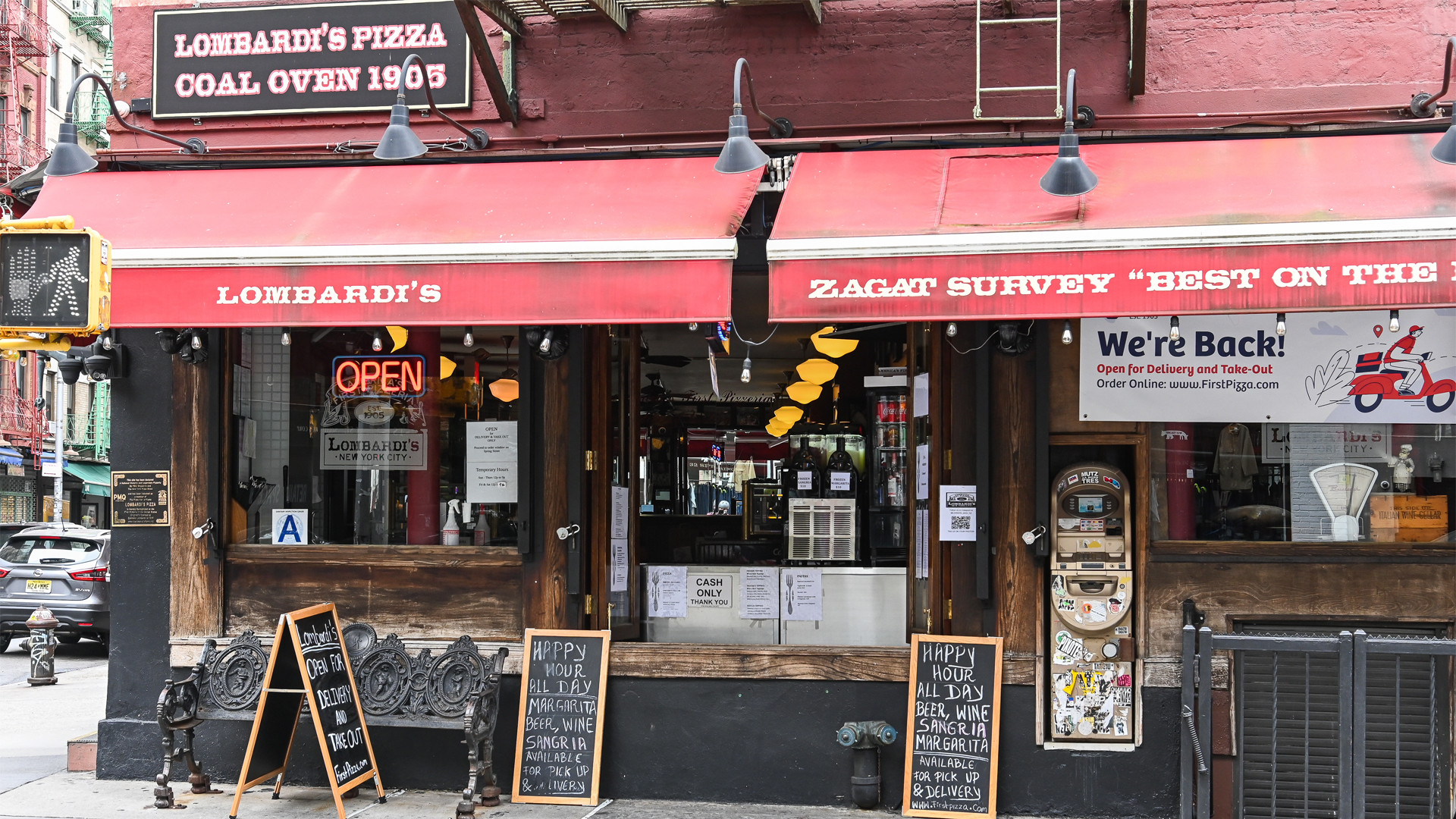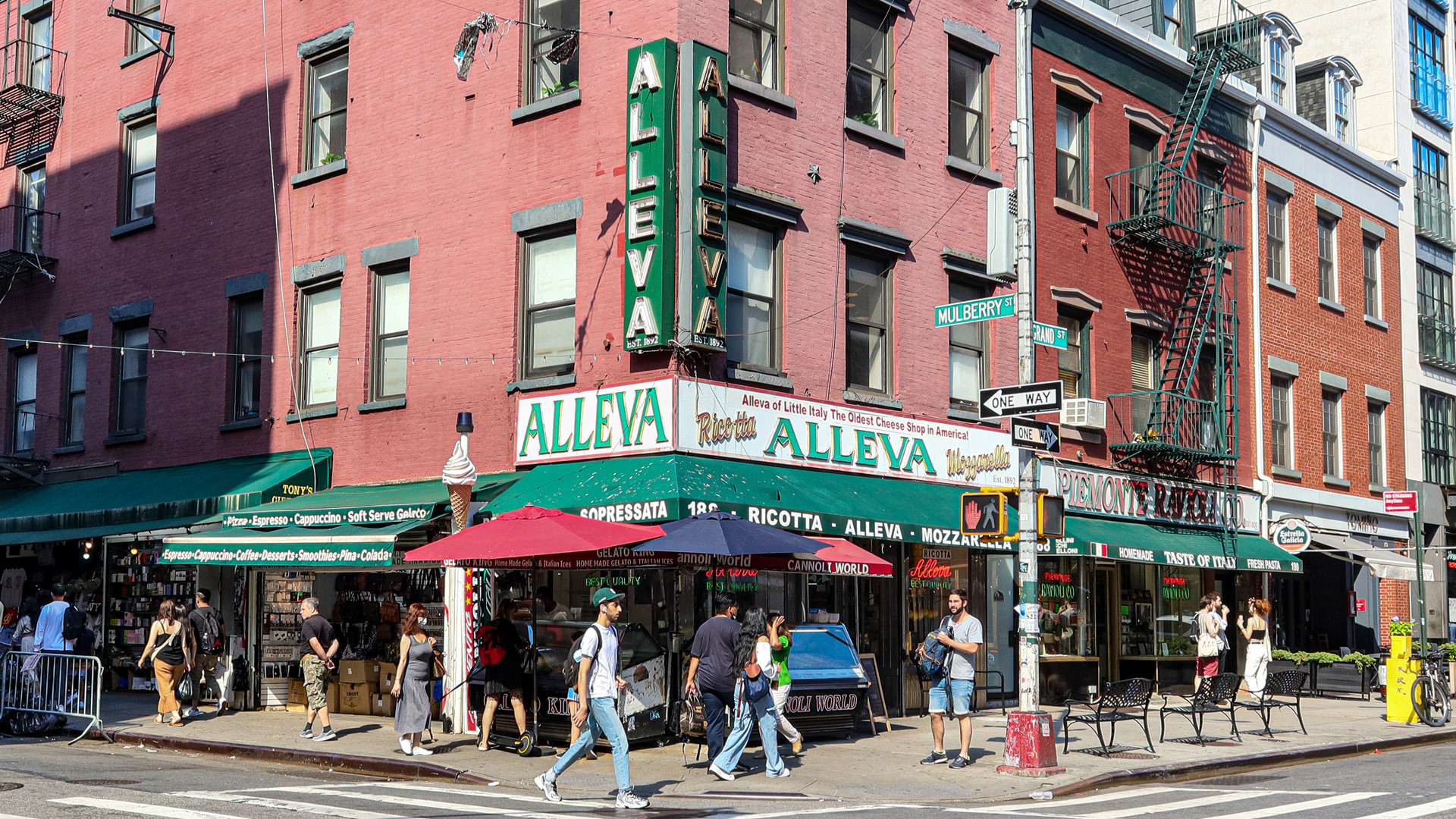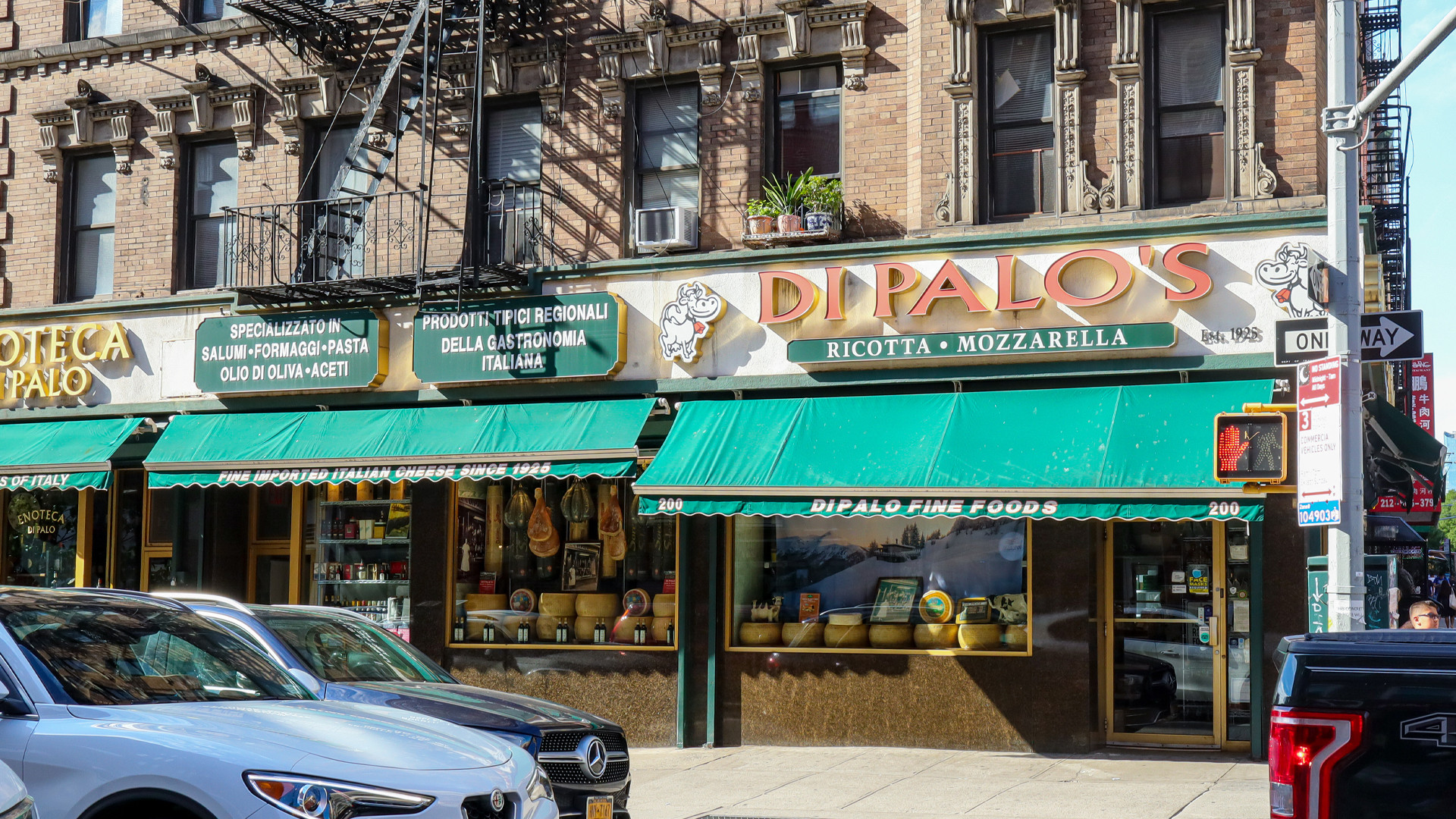Little Italy in New York City stands as a vibrant testament to the city’s rich immigrant history and enduring cultural tapestry. Once a sprawling neighborhood, it has now become synonymous with Mulberry Street, a captivating thoroughfare that encapsulates the spirit of Italian heritage in the heart of Manhattan. For those seeking an authentic taste of Italy in the Big Apple, a stroll down Mulberry Street is an essential experience, reminiscent of scenes from iconic films like The Godfather, Mean Streets, and Analyze This.
To truly understand the significance of Little Italy and Mulberry Street, we turn to the insights of community leaders like Billy Russo, a retired executive from the NYC Housing Authority and a board member of organizations dedicated to Italian heritage. According to Russo, “To understand what America is all about, we have to understand what the settlement of the different Italians settled in all parts of the United States… Little Italy of Manhattan, you have physical, visual, and experiential evidence of what an Italian neighborhood in Italy was.” This sentiment underscores the importance of Mulberry Street as a living museum, preserving and showcasing the traditions and essence of Italian immigrant life in New York City.
A Walk Through Time: The History of Mulberry Street’s Little Italy
The story of Little Italy and Mulberry Street began in the 1840s, with the first wave of Italian immigrants settling in the infamous Five Points neighborhood. These early settlers, seeking community and familiarity, clustered together in tenement buildings. However, it was the massive influx of Italian immigrants between 1880 and 1920, fleeing hardship in their homeland, that truly shaped Little Italy. Over four million Italians made their way to America during this period, many finding a new home in the area around what was then known as Mulberry Bend.
Different Italian regional groups established their enclaves within Little Italy: Sicilians on Elizabeth Street, Genovese on Baxter Street, and Northern Italians on Bleecker Street. Mulberry Street emerged as the central artery of this burgeoning community. Initially, the conditions in Mulberry Bend were dire, considered the most impoverished area in Manhattan. In response to these harsh living conditions, the city undertook urban renewal projects, demolishing buildings and creating Columbus Park. Despite these changes, the entrepreneurial spirit of the Italian immigrants persevered. Chefs, artisans, and vendors established shops and carts along Mulberry Street and throughout Little Italy, transforming it into a renowned culinary destination on the Lower East Side.
By 1897, Little Italy reached its demographic zenith, with approximately 10,000 residents, primarily concentrated along Mulberry Street and its surrounding blocks. While Little Italy has geographically shrunk over the decades, Mulberry Street remains the undisputed heart of this cultural enclave, drawing visitors eager to experience its unique charm and heritage.
Savoring Little Italy: Dining and Drinks on Mulberry Street
Mulberry Street is a gastronomic paradise, offering a delightful blend of classic and contemporary Italian culinary experiences. Billy Russo aptly describes this evolution: “The culture finds its way into the minds and lifestyles of the young entrepreneurs of the neighborhood, so the appeal of Little Italy has more of a broad appeal instead of a narrow appeal, housing both the classic and modern age of Italian culture.” This fusion of tradition and innovation is evident in the diverse array of restaurants and eateries that line Mulberry Street.
For pizza aficionados, a pilgrimage to Lombardi’s (http://firstpizza.com/), often hailed as America’s first pizzeria, is a must. Established in 1905, Lombardi’s offers a taste of pizza history with its coal-oven baked pies.
 Lombardi's in America is the first pizza place in America, established in 1905
Lombardi's in America is the first pizza place in America, established in 1905
In contrast, for a modern take on Italian pizza, Rubirosa presents a contemporary dining experience, reminiscent of trendy spots found in areas like Greenpoint.
For a more traditional and romantic ambiance, Il Cortile offers a unique dining setting with its charming indoor garden atrium. Since 1975, Il Cortile has been serving a comprehensive menu designed to cater to a wide range of palates, making it a perfect spot for a special occasion.
Seafood lovers should not miss Umberto’s Clam House, a Mulberry Street institution since 1972. This family-run restaurant is celebrated for its fresh seafood offerings, including raw clams and oysters, alongside classic Italian dishes like handmade pasta and tortellini.
For those with a sweet tooth, Caffe Palermo, established in 1973 and known as the “Cannoli Kings of Little Italy,” is an essential stop. Beyond their famous cannoli, Caffe Palermo tempts visitors with other delectable Italian pastries such as tiramisu and pistachio ricotta cake.
Shopping and Specialty Foods on Mulberry Street
Mulberry Street is not just a place to eat; it’s also a treasure trove of specialty shops and markets that offer a taste of Italy beyond restaurant dining. Alleva Dairy (http://allevadairy.com/), the oldest cheese shop in America, has been a cornerstone of Mulberry Street since 1892. Now managed by Karen King, Alleva Dairy boasts an impressive selection of cheeses, including rare and hard-to-find varieties.
 Alleva Dairy on the corner of Grand and Mulberry Streets has been in the neighborhood since 1892
Alleva Dairy on the corner of Grand and Mulberry Streets has been in the neighborhood since 1892
Di Palo’s Cheese Shop is another iconic Italian market on Mulberry Street, renowned for its exquisite selection of cured meats and cheeses. Di Palo’s offers an authentic Italian market experience, and now features a wine bar for patrons to relax and savor their purchases.
 DiPalo's Cheese and meats has been a staple for all cured meats and cheeses
DiPalo's Cheese and meats has been a staple for all cured meats and cheeses
For fresh, homemade pasta, Piemonte Ravioli is a must-visit. While their pasta is crafted daily in Woodside, Queens, their Mulberry Street storefront has been serving the Little Italy community since 1920, providing fresh pasta for generations of home cooks and restaurants alike.
For Italian goods and souvenirs, E. Rossi & Company is a legacy shop that has been on Grand Street, intersecting with Mulberry Street, for over a century. This store offers a wide array of Italian-themed items, from apparel and keychains to cultural artifacts, perfect for finding a memento of your visit to Little Italy.
Experiencing the Culture of Mulberry Street
Beyond food and shopping, Mulberry Street offers a rich cultural experience that reflects Little Italy’s evolving identity. As Billy Russo notes, “The new migration to America from Italy is not the lunch pail laborer. They are the internet experts, graphic designers, restaurant owners, people in the arts, investment industry, and young adults coming to America for the opportunities that present themselves in America…” This new wave of Italian immigrants adds a contemporary dimension to Little Italy while honoring its historical roots.
For those seeking to delve deeper into the history of the neighborhood, the Italian American Museum is a valuable resource. While mentioned as opening in January 2023 in the original article, visitors should check for current operating hours to explore its collections of photographs and exhibits that chronicle the people, culture, and community of Little Italy.
Religious landmarks also play a significant role in Little Italy’s cultural fabric. The Shrine Church of the Most Precious Blood, a prominent feature on Mulberry Street, houses the shrine to San Gennaro, a focal point of religious devotion and community festivals.
 The Shrine Church of the Most Precious Blood houses the shrine to San Gennaro
The Shrine Church of the Most Precious Blood houses the shrine to San Gennaro
To fully immerse oneself in the Little Italy experience, consider taking a guided tour. Tommy Tours NYC offers tours that include visits to Basilica of St. Patrick’s Old Cathedral and the Shrine Church of the Most Precious Blood, providing insights into the neighborhood’s religious heritage. Other tours focus on the broader Italian cultural history of Little Italy, revealing the stories behind the streets and landmarks.
Festivals are integral to the Little Italy experience. The Feast of San Gennaro, an annual 10-day celebration, is the most famous, drawing millions of visitors each year. Smaller festivals like the Feast of San Rocco and the Feast of San Vincenzo Martare also offer authentic glimpses into Italian traditions and community spirit. As Russo highlighted regarding the Feast of San Gennaro, “This year they have surpassed 2 million people who have visited the San Gennaro feast of 2022, as many Americans want to know more about the Italian culture and you’ll find that in Little Italy NYC.”
Mulberry Street in Little Italy is more than just a street; it’s a vibrant, living testament to the enduring legacy of Italian immigration in New York City. Whether you are seeking culinary delights, unique shopping experiences, or a cultural immersion, Mulberry Street offers an unforgettable journey into the heart of Little Italy.
